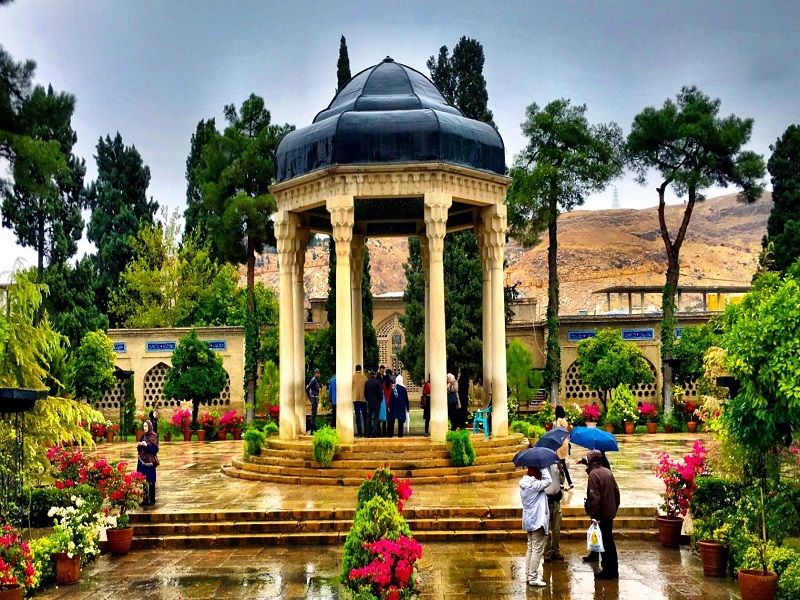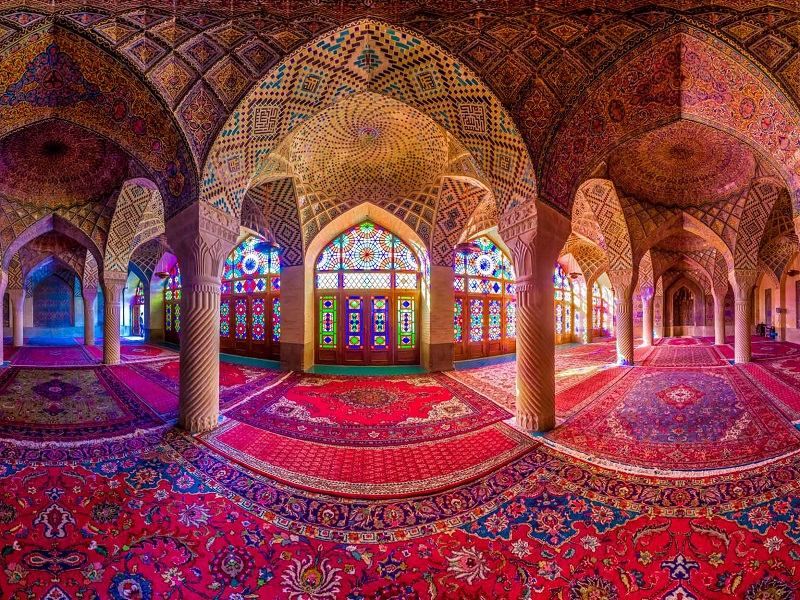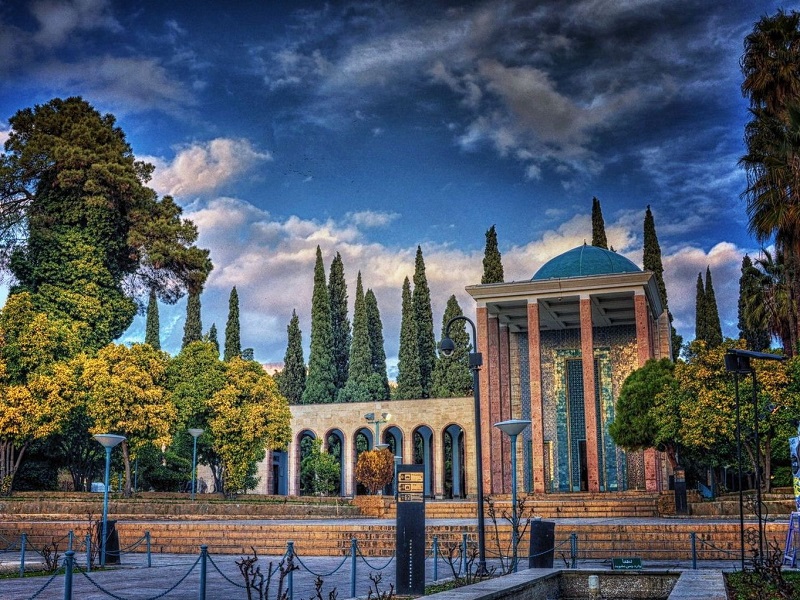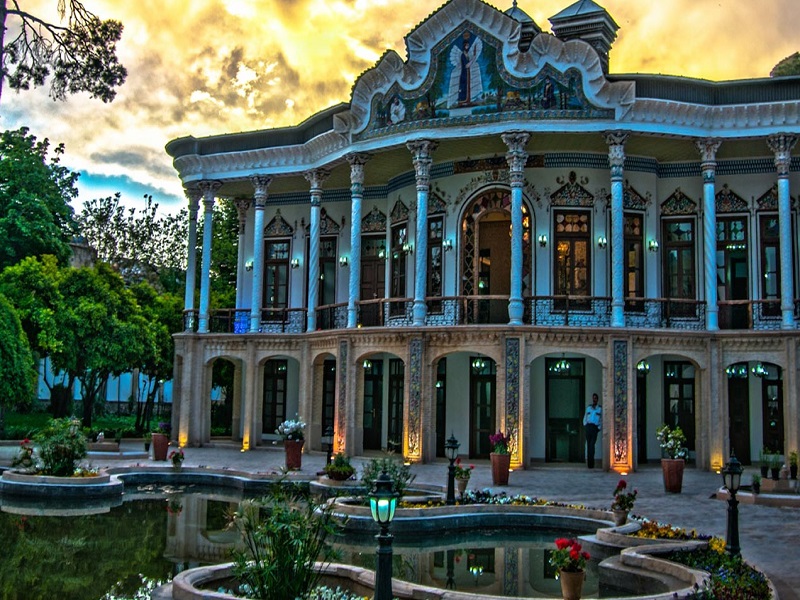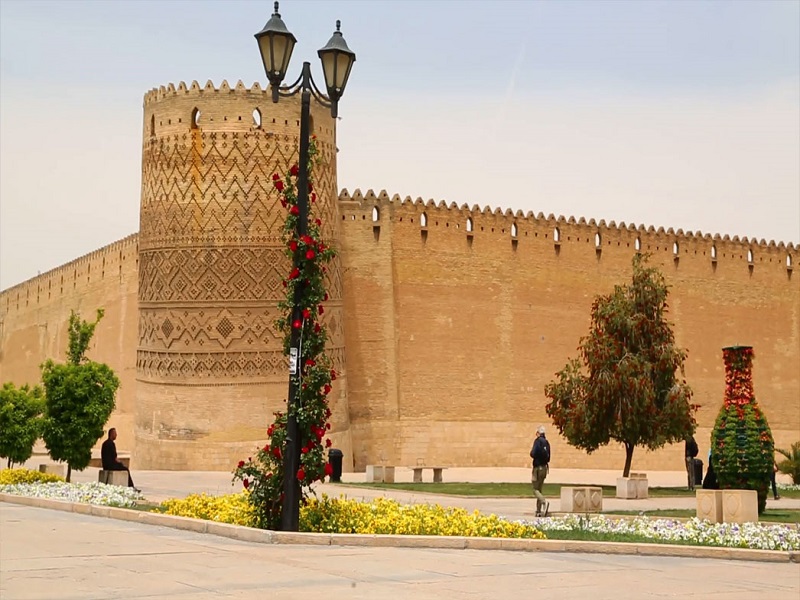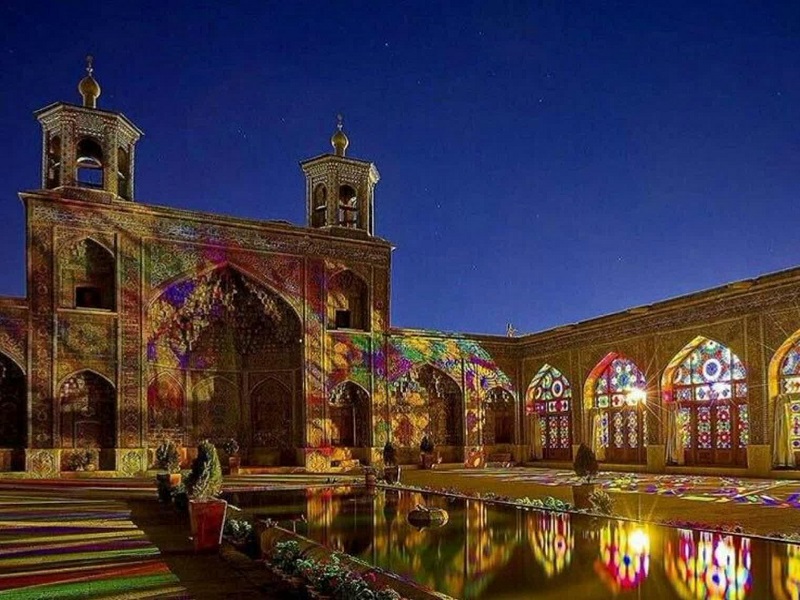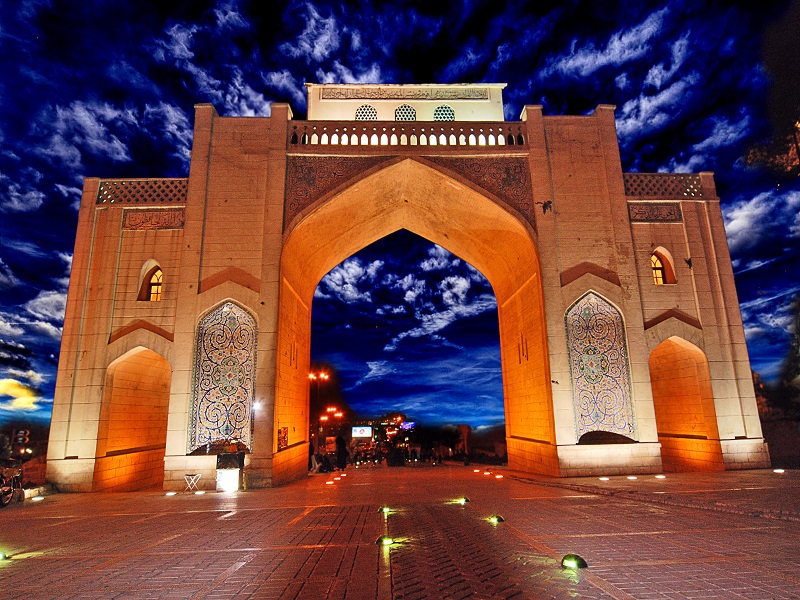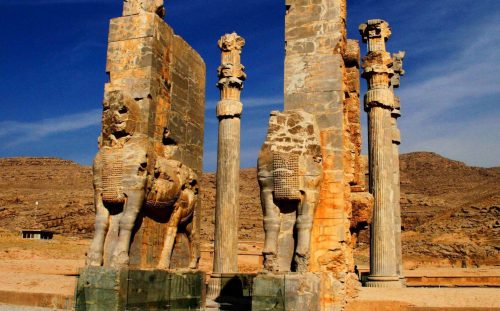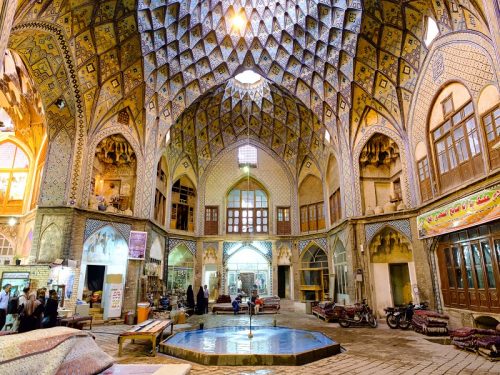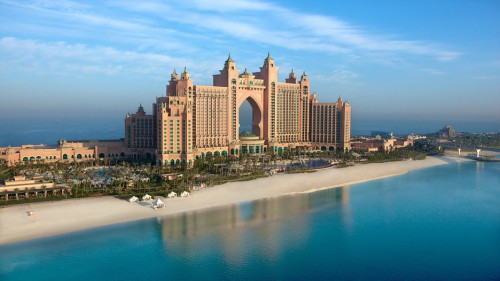Shiraz
Shiraz is a city of LOVE. It is the fifth most populous city of Iran and the capital of Fars Province (Old Persian as Pars). Population of the city was 1.566 million (2016). It is located in the southwest of Iran of the seasonal river (the Dry River). It is built in a green plain at the foot of the Zagros Mountains. This city has a moderate climate and has been a regional trade center for over a thousand years. This chity is regarded as one of the oldest cities of ancient Persia.
Shiraz has many reasons to be most attractive city. It’s known as the city of poets, literature, wine and flowers. It is also considered by many Iranians to be the city of gardens due to the many gardens and fruit trees that can be seen in the city. It was most significant city in ancient era and there are remains of the biggest Empire of the world (the Achaemenes), from beginning till now.
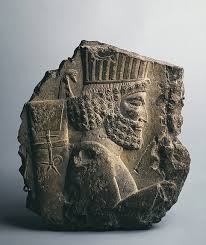
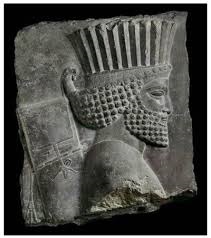
History
The earliest reference to Shiraz is on Elamite clay tablets dated to 2000 BC, found in June 1970 during digging for the construction in the southwest corner of the city.
The city became a provincial capital in 693, after the Arab invaders conquered Istakhr, the nearby capital of Sassanid. It was an important regional center under the Sassanians and has enjoyed its fair share of mixed fortunes. As Istakhr fell into decline, Shiraz grew in importance under the Arabs and several local dynasties. Al-e-Buye dynasty (945-1055) made this city their capital, extended it and built mosques, places, library on it.
Because the city’s rulers wisely decided that paying reverence, Shiraz was spared destruction by Tamerlane and the rampaging Mongols. By this intelligently decision, not only the city avoided of this disaster, but also it thrived during the Mongol and Timurid periods and developed rapidly. The encouragement of enlightened rulers and the presence of Hafez and Sa’di and many other brilliant artists and scholars helped make it one of the greatest cities in the Islamic world throughout the 13th and 14th centuries.
Shiraz remained a provincial capital during the Safavid Period, but by the mid of 17th century, it entered a long period of decline. Several earthquakes, the Afghan raids (of the early 18th century), an uprising led by Shiraz’s governor in 1744, and some other items, contributed to the city’s misfortunes.
Shiraz’s golden time was started in Karim Khan era, the first ruler of the short lived Zand dynasty, who made Shiraz his capital in 1750 and he had decided to bring the bright days back to the city.
After Karim Khan’s death, the Qajars, his longtime enemies, attacked and destroyed the city’s fortifications and they transfer their capital to Tehran at 1789.
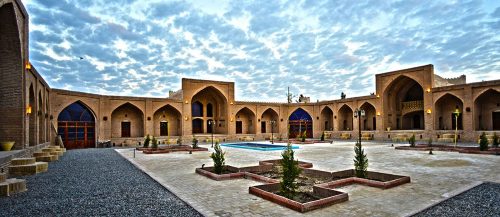
Transportation
Shiraz has a very efficient public transportation system, Taxis, Subway, and Domestic Buses have created a regular and economical system.
UNESCO’s World Heritage
Shiraz has 3 sites which is registered in UNESCO’s World Heritage, Persepolis (ceremonial capital of the Achaemenes Empire, the biggest empire has ever exist), Pasargadae (capital of the Achaemenes Empire), and Eram Garden (as a Persian Garden).
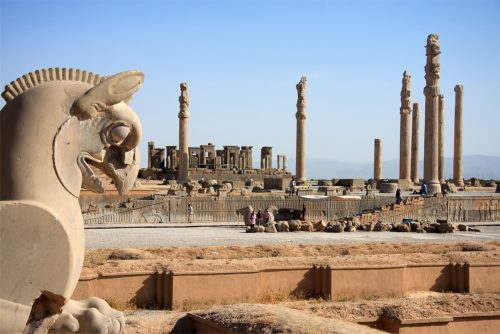
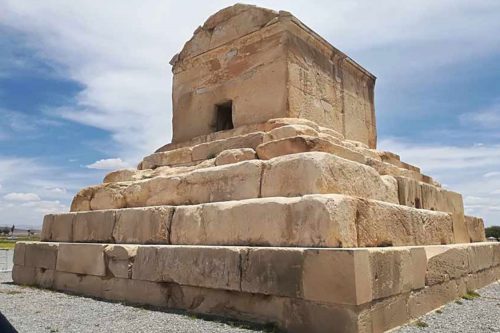
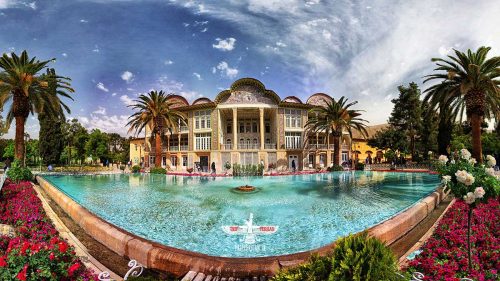
- Population: 1.566 milion (2016)
- Pre phone number: +9871
- Time zone: Time zone UTC+03:30 (IRST) - Summer (DST) UTC+04:30 (IRDT)
-
Nasir al-Mulk Mosque, also known as “the Pink Mosque”, is a traditional mosque in Shiraz. It is located at the district of Gowad-e-Araban, near Sahcheragh...
See more
-
Chamran Grand Hotel is located in a picturesque area and is surrounded by the beautiful Ghasrodasht gardens. It contains 250 rooms and suites with mountain,...
See more
-
-
-
-
00859 days € 1,055
Shiraz, the city of love, flower and poetry, the heart of Persia with its ancient remains, pleasant gardens and inspiring...
See more details -
0083€ 85
In this day trip we have the opportunity to see the highlights of Shiraz including a colorful mosque, a beautiful...
See more details -
009210 days € 1,265
This tour incorporates many of the celebrated landmarks of central Iran. From the ancient ruins of Persepolis, the ceremonial and...
See more details -
00977 days € 965
An Amazing time travel to various historical periods of Persia from the most ancient to the most recent through visiting...
See more details
